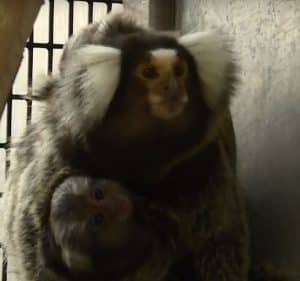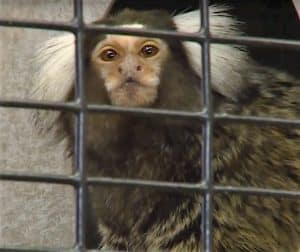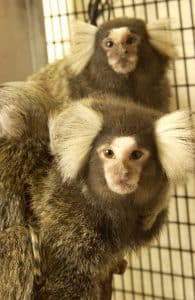Podcast: Play in new window | Download (Duration: 6:27 — 9.2MB)
Subscribe: Apple Podcasts | TuneIn | RSS | More

Common marmosets have been a biomedical research resource since the early 1960’s, used predominately in studies of infectious disease, immunology and neuroscience. Historically, they have been a more commonly used research model in Europe and Japan than in the United States. However, cellular and molecular resources have recently been developed that greatly enhance the value of marmosets in research and have increased interest here in the United States.
As a non-endangered anthropoid primate with small size, the highest fertility and the shortest life span, marmosets also offer a remarkably cost-effective, high efficiency nonhuman primate model for biomedical research. In addition, many areas of research take advantage of unique features of its biology for application to human disease.

Our marmoset resources have achieved notable accomplishments in genomics, regenerative medicine, obesity, aging and reproduction research.
